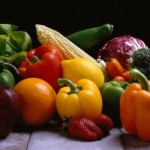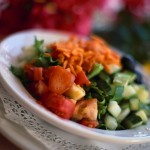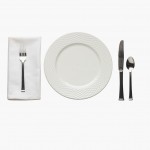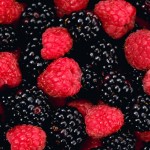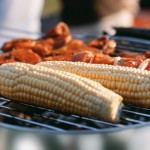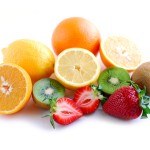It’s that time of year again when the children return to school and routines fall back into place. One of the most dreaded tasks for parents is making and packing healthy snacks. What if I told you there is a solution that will free up your time and eliminate this task from your long to-do list? Does this sound too good to be true? Well, with a little preparation and planning, it can be done.
Step 1: Educate about Healthy Lunches
Sit down with your children and help them prepare a list of foods they enjoy to eat. Consider separating your list into the different food groups such as Protein, Fruits and Vegetables, Grains, and Dairy.
You could also think about dividing things into categories such as Main Meal (i.e. sandwich or wrap, leftovers in a thermos, etc.), Fruits & Vegetables, Snack (i.e. crackers, dried fruit, popcorn, etc.), and Treat (muffin, cookies, etc.). As time goes on, they can add to their list when they try foods they like. Most schools now have nut-free policies, so remember to make sure you keep this in mind when selecting appropriate foods.
Step 2: Select Litterless Containers
Take a look at your children’s lunch box or lunch bag and decide what system might work best for you. Keep in mind what kind of food they like to eat. If they like sandwiches, you might need containers or reusable sandwich wrappers. If they prefer hot lunches, they might need some thermoses. There are so many options available either online or in stores. Involve your children in picking out the right products for their lunch. Have fun with it! Be sure to label everything so you have a better chance of having things returned if they end up in the lost and found.
Step 3: Prepare a Lunch Station
Dedicate some space in your kitchen that is easily accessible for your kids so they can prepare their lunches. You will need to clear out a shelf space in a lower cabinet or perhaps a drawer. Stock this space with their lunch bags, containers, water bottles, a small cutting board, approved snacks, and other food they like for their lunches. Other suggestions include storing small containers of leftovers in the freezer for days they want a quick hot meal (just heat & put in a thermos in the morning).
It may take some time at first to assist the kids in the preparation of their lunches. However, once they have mastered the art of lunch making, then step back and let them do it themselves! You might even notice they will come home with most of it gone. Go ahead, what are you waiting for?
By Michele Stalker (www.morganizedmom.com)
 Subscribe
Subscribe
